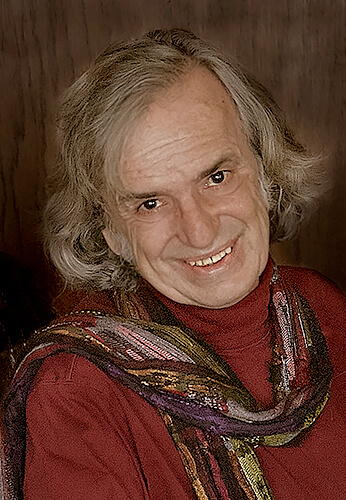So what differentiates a portrait of a person from a picture of an object? Essentially nothing. A photographer's purpose is revelation. In the street or in the corporate suite the imperative is to take surfaces into the interior so that the viewer comes to understand something about what has been presented. This could be an aspect of personality or the structure of a design.
In short, one can say no more than one can see.
Early in my career, I used to fantasize that I could be a Beethoven of photography. The idea contradicts the central principle of the medium. What distinguishes photography from the other arts is time. Unlike music, which takes a single idea and expands it, photography interrupts the continuum and digests it into an exquisite moment where understanding, composition and action intersect.
All this is expressed succinctly in poet e.e. cummings's introduction to his volume "Is Five":
"I am abnormally fond of that precision which creates movement."
In my eyes, photography also adheres to Francis Bacon's maxim, "The contemplation of things as they are without error, without confusion, without substitution or imposture is in itself a nobler thing than a whole harvest of inventions." That is why I love both nature and the street and quest for the image that sits on the cusp of the real and surreal.
For the most part, I do not manipulate the images in the digital "darkroom" any more than I would have were I using techniques of the old "wet" darkrooms. Mostly, I adjust luminosity. My background is print journalism. I edited photography and foreign and national news for the Chicago Tribune and Chicago Sun-Times for many years before deciding to rededicate myself to my passion. It has been, as the great Edward Steichen once said about the photographic act, "Incredibly easy and impossibly difficult."
Nevertheless, the results have been good, and I have won national, international and art fair awards since my return to photography in 2006. My images are in collections all over the U.S. and in Germany, Poland, Denmark and Venezuela.
I hold a bachelor's in English from Northwestern University, Evanston, Ill., and have studied photography in too many workshops to enumerate. I live in Chicago.
